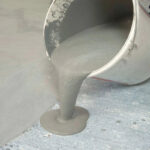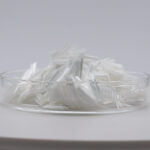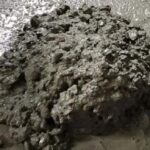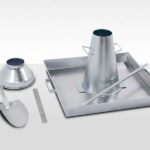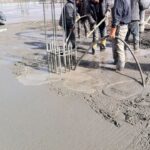Today, I will discuss with everyone the methods for conducting concrete admixture and cement compatibility tests.
Phenomenon presentation
Reasons for not adapting
Solve the problem step by step by experiment

Incompatibility between concrete admixture and cement manifests as follows:
1.Fresh concrete has low slump. In this case, the workability is even lower. However, the dosage of the water reducer is already quite high.
2.Significant loss of slump, and in some cases, false setting, meaning that the cement slurry is initially thin during mixing but quickly becomes sticky and dry. This occurs when concrete and workability are poor.
3.Concrete bleeds water.
4.Mortar doesn't properly coat the aggregates, leading to segregation without significant water bleeding.
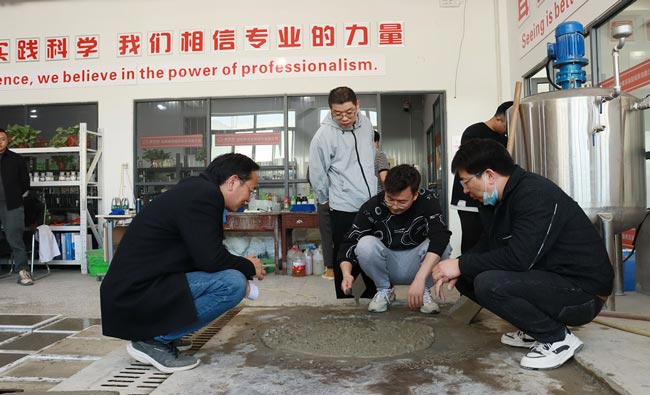
Incompatibility between concrete admixture and cement can arise from three main factors:
1.Cement properties.
2.The composition of concrete materials, especially the sand and additives used.
3.Inappropriate matching of the admixture itself.
Determining the primary cause requires experimentation and analysis. To achieve compatibility adjustments, experimentation is necessary.
Here's how to conduct experiments:
1.Measure the pH value of the cement. Test results determine if the cement has a high or low soluble alkali content and if it contains acidic materials or inert materials like limestone, causing a low pH value.
2.Analyzing cement raw materials is crucial. Minerals like tricalcium aluminate, tricalcium silicate, and tetracalcium aluminoferrite affect cement compatibility.
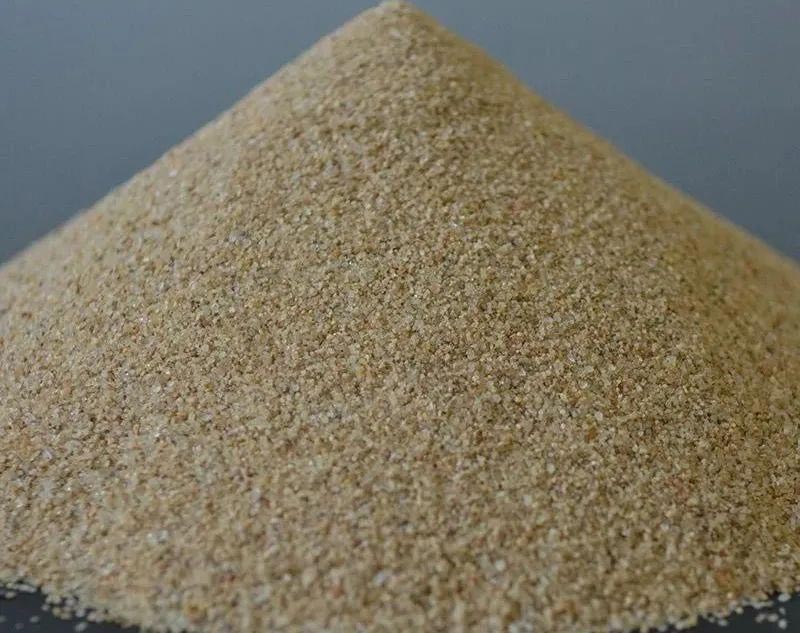
3.Analyze the variety and fineness of concrete additives. Full mineral powder content enhances workability but may require more mixing water. The fineness of additives is critical as coarser particles can lead to water bleeding and increased slump loss.
4.Adjust the alkaline sulfate content in cement.
5.Conduct trials with composite admixtures. Use mortar tests to find suitable types and appropriate dosages of admixtures.
6.Perform concrete tests. Due to various factors like the addition of sand, aggregates, water, and the larger scale of the test compared to mortar tests, results may differ. Small-scale success might require replication due to potential variations. Adequate successful concrete tests are needed to complete compatibility adjustments.

In summary, the compatibility between cement and admixtures, especially high-efficiency water reducers, is a complex issue influenced by multiple factors. Sometimes, it may not be resolved solely through complex formulations or adjustments to concrete mix proportions. Patience, continuous learning, and adjustment are essential. If you encounter issues during the specific experimental process, feel free to reach out to us for assistance.



